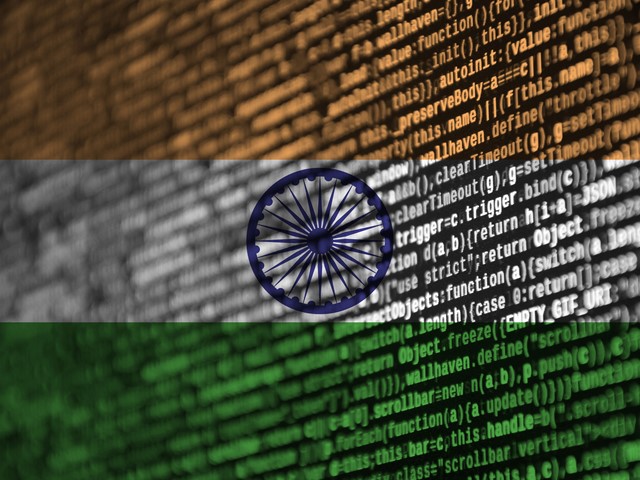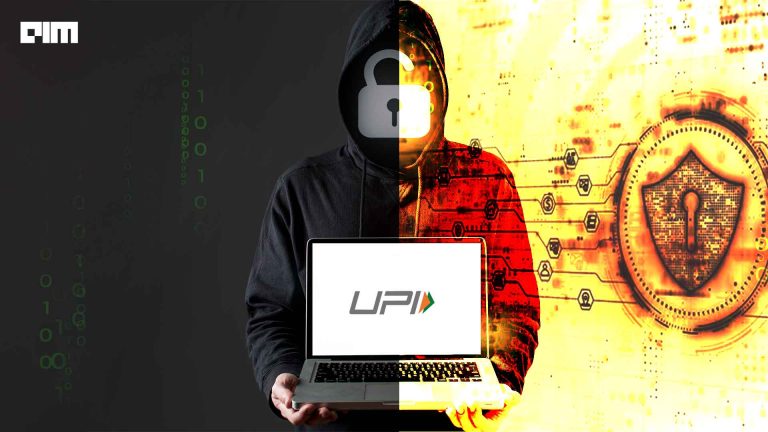IoT is gain currency and with the rapid rise of technology, comes a risk of it being hacked. Most of the information stored in these connected devices can be hacked. Homes and offices are applying these IoT devices to their network. These can include things like monitors, sensors, some of them are everyday products like your kettle. These devices are susceptible to cybercrime and are seeking opportunities to harvest valuable, personal information. Consumers and businesses face threats because of these risks involved. If the data is not properly secured, hackers can easily take advantage of it since the data is connected to the rest of the network.
Reasons For Cybersecurity Risks
There are a number of reasons contributing to cybersecurity risks involved with connected devices. Here are some of the most common ones.
1.Data protection:
Hackers find it easy to hack into systems connected to the internet. Data in the hands of the internet, along with social media information gives away a lot of personal information. With the advent of devices like smart watches and fitness trackers gives plenty of personal data. More the details available, the easier it is for it to be hacked. Many connected devices have small sensors collecting temperature, humidity or moisture data and is generally considered to cause the greatest IoT risks, as they do not have the power, processing or memory resources required to run traditional encryption algorithms. In this case, they must have an algorithm with high security and low computation.
Cryptography comes as a solution to prevent privacy risks and protect the data made available for IoT. Encryption also prevents cybercriminals from manipulating or falsifying data.
2.Passwords
IoT devices come with a unique identifier that can help with the tasks of authentication. Once IoT devices on the network are discovered it is necessary to find out what they can connect to. But with hundreds or thousands of unique IDs to deal with, this can take a lot of time.
As a solution, devices should only be allowed to see and access what is necessary for them to complete their jobs. Users should be diligent in updating passwords and using strong passwords. Hardcoded passwords should never be part of a device’s design process.
Strong passwords can help combat IoT risks. This is where two-factor or three-factor authentication comes as help. Technologies like biometrics and blockchain can be used to authenticate IoT devices. Many IoT platforms offer features to manage your devices and control what data, other devices and networks they can access.
3.IoT Botnets
A botnet is a network of systems combined together with the purpose of remotely taking control and distributing malware. With the rise of the IoT, many objects and devices are in danger of a botnet that incorporates independent connected objects. Controlled by botnet operators via Command-and-Control-Servers (C&C Server), they are used by criminals for stealing private information, exploiting online-banking data and spam emails.
They are internet enabled and are able to transfer data automatically via a network and have one goal of sending thousands of email requests to a target in hopes that the platform crashes while struggling to cope with the enormous amount of requests. Social engineering is one such act of manipulating people so they give up confidential information related to bank details or other personal details. Hackers try to access a computer to install malicious software to get them access to the user’s personal information, as well as giving them control over the computer.
4.Data Encryption:
Because IoT devices communicate with each other using the cloud, it creates risks. The data of a user using the IoT technology must be ensured that he is given the credentials. Blocking and disabling Universal Plug-and-Play (UPnP) capabilities and shutting down traffic on non-essential network ports frequently used for IoT attacks are also worthwhile precautions. Many manufacturers can also indulge in making misuse of the personal user data. A device may transfer data to manufacturer. Manufacturers have the authority to do maintenance of the data shared on the cloud and can be mistreated.
5.Lack of Interfaces:
Some IoT devices lack human user interfaces for device use and management, something which is the core of IoT technology. Conventional IT services might be better in these terms in providing dservices than these devices with lack of interfaces.
Lack Of Standardisation
With greater use of data and connected devices comes a greater need to standardization of data. Today, the IoT world lacks standardization and hence it brings an even greater risk of cyber attacks. Data protection needs a rethink and the world needs a common ground for guidelines in this regard to protect the privacy of the user data.
The sensors involved with IoT communicate with each other and analyze the data received. It does provide a lot of convenience. But along with that it poses risk by creating opportunities for all the shared information to be compromised for not letting it be private. Not only is a lot of data being shared among these devices, but also the data is extremely sensitive and has the potential to harm in many ways and so the risks are much greater. This is where standardisation of data becomes mandatory and comes as the first solution to the problem of cybersecurity risks involved with the advent of IoT.


















































































